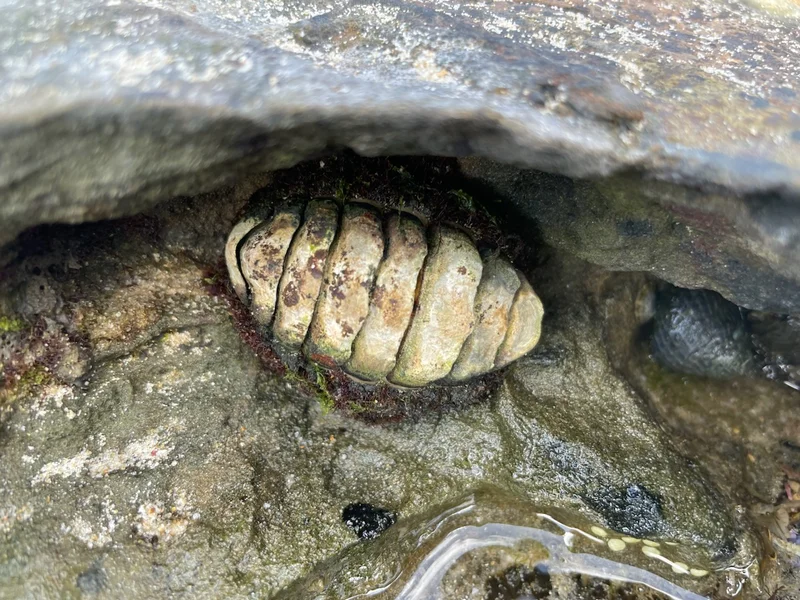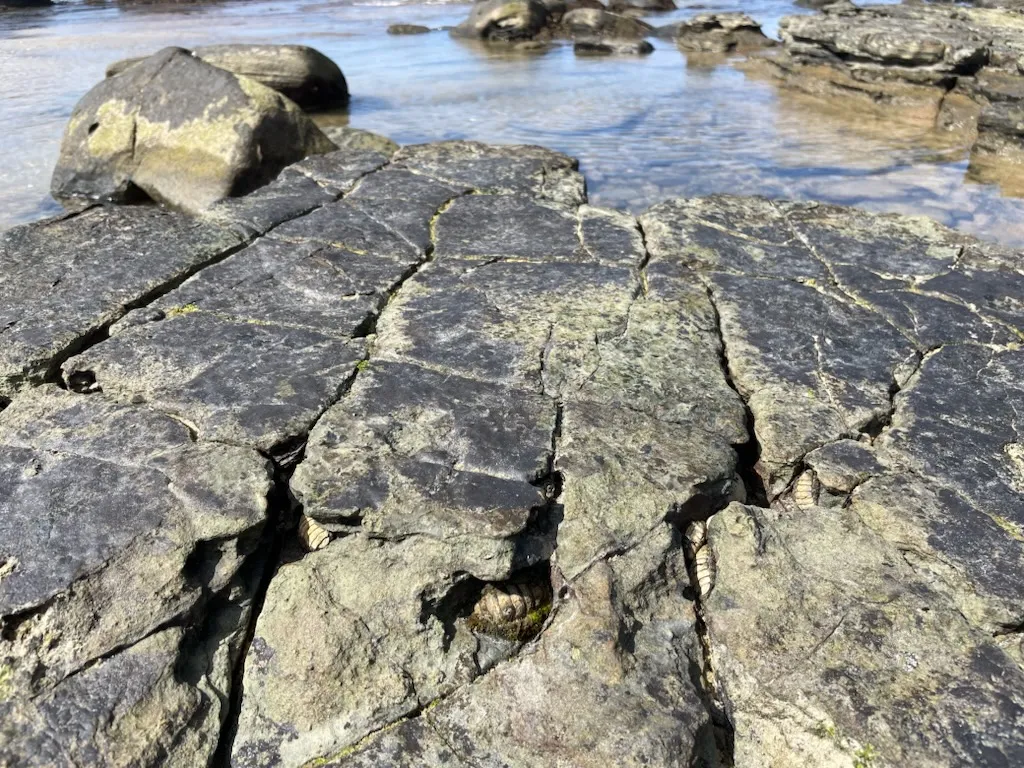Meet one of the Coast's original ocean lovers
These armoured creatures are one of the Sunshine Coast's original ocean lovers.

This armoured creature lives on rocky shores within the intertidal zone (the space between high and low tide) and chances are very high that you'll bump into one while exploring of our amazing rocky shores.
This marine animal is a Chiton, also known as sea cradles, coat-of-mail shells or suck-rocks, and they have been around with little change since the Cambrian period (around 500 million years).
Most species inhabit intertidal or subtidal zones, with a few species living in up to 6000 metres of deep water.
Chitons are exclusively marine, in contrast to bivalves (oysters, mussels, scallops), which were able to adapt to brackish and fresh water.
Chitons have a shell composed of eight separate shell plates or valves. These plates overlap slightly at the front and back edges, and yet articulate well with one another. Because of this, the shell provides protection at the same time as permitting the chiton to flex upward when needed for movement over uneven surfaces, and even allows the animal to curl up into a ball when dislodged from rocks.
The shell plates are encircled by a skirt known as a girdle.
Chitons creep along slowly on a muscular foot, which has considerable power of adhesion and can cling to rocks very powerfully, like a limpet.

Chitons are generally herbivorous grazers, though some are omnivorous and some carnivorous. They eat algae, bryozoans, diatoms, barnacles, and sometimes bacteria by scraping the rocky substrate with their well-developed radulae (teeth made from iron).
Animals which prey on chitons include seagulls, sea stars, crabs, lobsters, and fish (and humans – a staple of many coastal First Nations peoples diets worldwide).
Similar to many species of limpet, several species of chiton are known to exhibit homing behaviours, journeying to feed and then returning to the exact spot they previously inhabited. This site is often indented in the rock and is known as a ‘home scar’.
Love where we live and co-exist with nature in our wildlife friendly biosphere with these tips:
- stay on the designated walkway and out of the dunes and bush
- keep your dogs on a lead and pick up after them
- bin your rubbish to keep our Sunshine Coast clean and litter free.